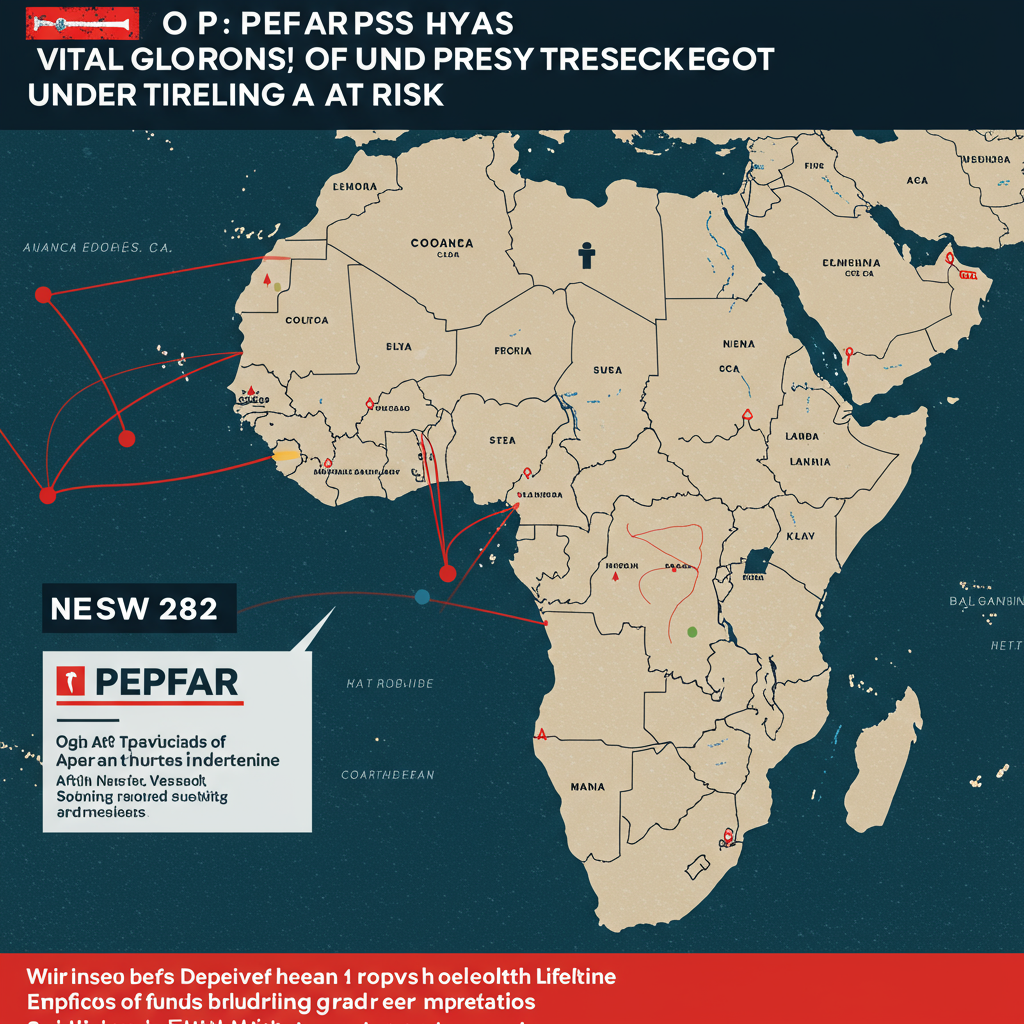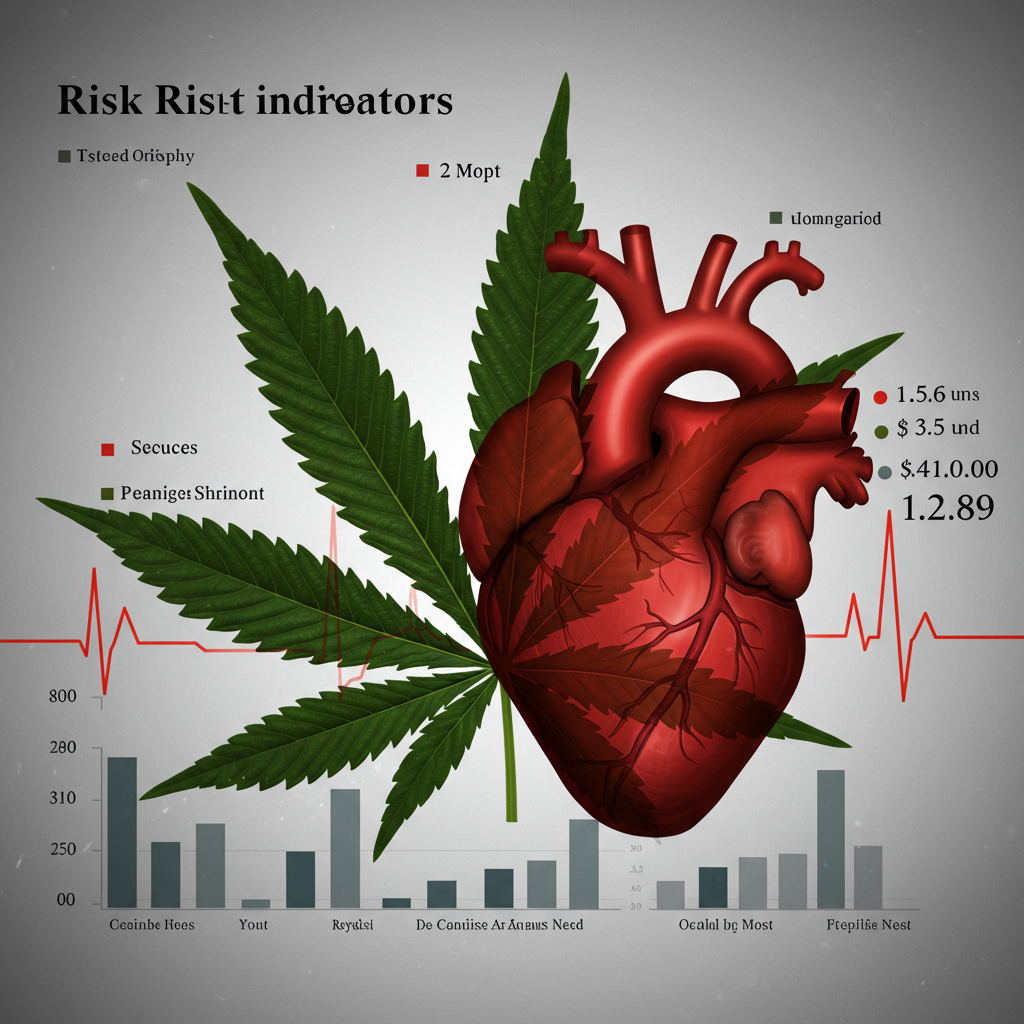The Unraveling of a Global Lifeline: Why Cuts to PEPFAR Funding Matter
For over two decades, the U.S. President’s Emergency Plan For AIDS Relief (PEPFAR) has stood as a monumental success in global health, credited with saving millions of lives from HIV and AIDS, primarily across Africa and the Caribbean. Launched in 2003 by President George W. Bush, this initiative has invested over $120 billion and is estimated to have prevented or treated HIV/AIDS, saving an astounding 26 million lives.
PEPFAR is not just effective; it’s extraordinarily cost-effective. Experts calculate the cost to save a human life through the program at roughly $4,600 – a fraction of typical healthcare expenses in wealthy nations. Its success is built on rigorous monitoring and ambitious targets, such as the “95-95-95” goals aiming for 95% of people with HIV to know their status, 95% of those diagnosed to be on treatment, and 95% of those on treatment to achieve undetectable viral levels.
The Crisis at the Clinic Door
However, this globally recognized, highly efficient program has faced significant challenges due to funding reductions, particularly impacting foreign assistance under a previous administration. While assurances were made that core life-saving treatments would continue, the reality on the ground reveals a different, far more alarming picture.
Journalistic reporting from countries like Eswatini and Lesotho, which bear the world’s highest HIV prevalence rates (affecting approximately one in four adults), paints a dire scenario. Clinic staff are described as “reeling,” “dizzy,” and facing a “five-alarm fire.” The critical issue isn’t a widespread shortage of antiretroviral drugs (ARVs) themselves, but rather severe cuts to essential supporting services that enable effective treatment and prevention.
Beyond the Pills: The Real Impact of Service Cuts
The funding cuts have targeted vital components of the HIV response, most notably:
HIV Testing: Reductions impact the ability to identify individuals who are infected but unaware of their status.
Outreach Programs: Funding for community workers and transportation to reach vulnerable populations, test contacts, and ensure adherence to treatment has been slashed.
Consider the critical example of a pregnant woman testing positive for HIV. She receives ARVs, which is vital for her health and preventing transmission to her child. Yet, without funding for outreach workers, there are no resources to go to her home, test her children and other family members, and bring them into care if needed. This breakdown in supporting services means infected individuals, especially children, might not be diagnosed until their condition has progressed significantly, leading to irreversible damage, stunting, or tragically, death. It’s been described in devastating terms – akin to “pulling someone off a life-support machine.”
Cost vs. Compassion: The Justification and the Fallout
The official rationale presented for reducing foreign aid included concerns about the U.S. national debt and encouraging recipient countries to shoulder more healthcare costs. However, proponents argue that PEPFAR’s funding, while substantial, is a mere “drop in the ocean” relative to the U.S. debt. More importantly, they contend that the program is far more than just aid; it’s a crucial investment in global stability, preventing health crises that could trigger broader societal breakdown or conflict.
Despite official statements affirming the continuation of core treatment and care, reviews of “other” PEPFAR services for efficiency signal a shift that has already had tragic consequences. Researchers from the HIV Modeling Consortium estimated that as many as 70,000 lives may have already been lost as a direct result of the program’s weakened state.
PEPFAR has demonstrated itself to be an exceptionally well-managed and impactful global health intervention. The current trajectory, marked by cuts to vital supporting services like testing and outreach, risks undermining decades of progress, potentially sparking a resurgence of the epidemic and needlessly costing lives that could otherwise be saved by this remarkably effective program.




